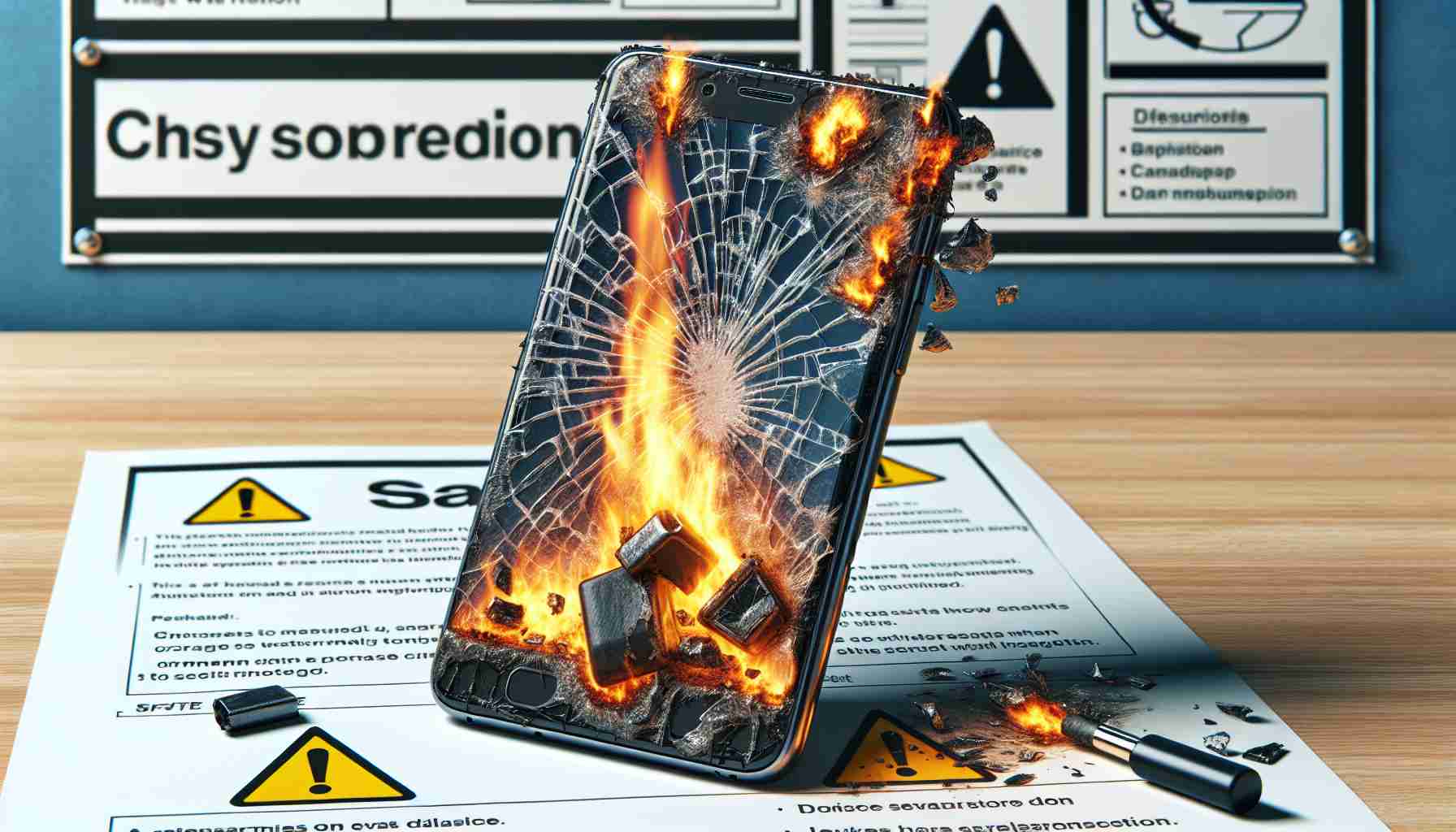Smartphone explosions, while rare, remain a significant concern, particularly with lower-quality devices. Though the hardware components cannot be changed, adopting certain usage habits can greatly minimize the risk of overheating or explosions.
Incidents of mobile phone explosions have gained attention in recent years. For example, in January 2023, an iPhone 4 unexpectedly exploded while charging overnight in a household in Ohio, USA, fortunately causing no injuries or damage. Conversely, a tragic event in India claimed the life of a young girl when her Redmi Note 5 Pro exploded while in use.
A particularly alarming incident occurred on an Air India flight in July 2023, where a passenger’s phone exploded, leading to an emergency landing for safety. These occurrences, although infrequent, evoke significant worry among consumers, reminiscent of the disastrous Samsung Galaxy Note 7 recalls due to battery failures that severely damaged the company’s reputation.
But what causes these smartphones to explode? Most issues stem from lithium-ion batteries, which require a delicate balance between positive and negative terminals. External pressures or manufacturing defects can disrupt this balance, causing overheating. When temperatures exceed safe levels, chemical reactions within the battery can become uncontrollable, leading to swelling, smoke, or even explosion.
Users should be aware of warning signs. Odd sounds from the device or severe overheating signals potential risks. To ensure safety, it’s crucial to understand both the technical and environmental factors that can contribute to device malfunctions.
Understanding the Risks of Smartphone Explosions: An In-Depth Analysis
Smartphone explosions, while infrequent, pose significant risks that can result in property damage, personal injuries, or even fatalities. With a rising number of incidents involving smartphones and their batteries, a thorough understanding of the underlying causes, preventive measures, and statistics is essential for users.
What are the main causes of smartphone explosions?
The primary culprit is often the lithium-ion battery, which powers most smartphones today. Manufacturing defects, such as faulty seals or impurities in the battery, can lead to short circuits. Overcharging, exposure to extreme temperatures, or using incompatible chargers can also overstress the battery, increasing the risk of thermal runaway—a condition where the battery overheats uncontrollably. Interestingly, it has been noted that certain environmental factors, such as high humidity or exposure to direct sunlight, can exacerbate these risks.
What are the statistics surrounding smartphone explosions?
While exact figures on smartphone explosions are challenging to ascertain due to underreporting, industry reports suggest that the incidence rate of battery-related incidents is still less than 0.01%. Nevertheless, with millions of smartphones in use, even low percentages translate to thousands of potential incidents annually. A survey by the Consumer Product Safety Commission revealed that battery-related fires and explosions occur at an estimated 10,000 instances each year across various consumer electronics.
Key Challenges and Controversies
One key challenge is the balance between technology advancement and safety. As smartphones become more compact and feature-rich, manufacturers often prioritize size and weight reductions over robust battery safety measures. This trade-off raises concerns about product safety in pursuit of innovation. Moreover, there are ongoing debates regarding the regulation and standards of lithium-ion batteries. Criticisms have surfaced regarding how manufacturers handle recalls and consumer safety notifications, emphasizing the need for enhanced transparency and accountability in the industry.
What can users do to mitigate the risk?
Educating oneself about proper smartphone usage is crucial. Users should always use the manufacturer-approved charger, avoid exposing devices to extreme temperatures, and monitor the battery’s health through built-in smartphone features. Regular updates to the device’s software can also play a role in enhancing safety by fixing bugs that may affect battery performance. Users should replace old or damaged batteries promptly and avoid using devices with visible damage to the battery casing.
Advantages and Disadvantages of Smartphones
While smartphones offer unparalleled convenience and connectivity, their potential hazards cannot be overlooked. The advantages include access to information, communication, and a myriad of applications that enrich daily life. However, these benefits come with risks related to device safety, including battery malfunctions and potential explosions. The challenge lies in enjoying the benefits of technology while being vigilant about safety.
To delve further into smartphone safety and battery technology, consider the following resources:
Consumer Reports
Battery University
Understanding the risks associated with smartphone explosions and taking preventive measures is vital for users. Awareness and education can significantly decrease the likelihood of incidents, ensuring a safer user experience in an increasingly digital world.




























